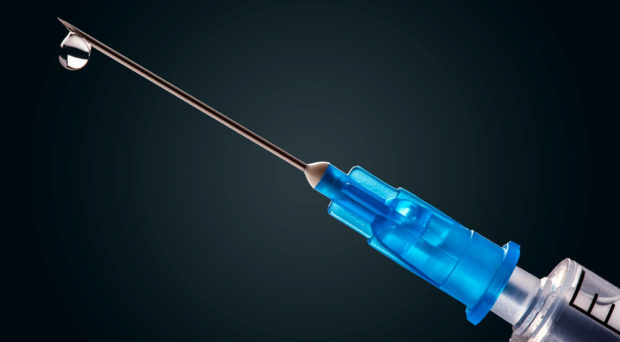
There are currently over 36 million people living with HIV worldwide and despite the rollout of effective HIV treatments, there are still 1.8 million new infections a year that could be prevented by an effective vaccine.
In the last 30 years, only 4 vaccines have been tested in people to determine their effectiveness at preventing HIV infection and unfortunately, only 1 of the 4 was even mildly protective. While these vaccines failed to produce a strong immune response that would lead to protection against HIV infection, they did pave the way for the development of new vaccine platforms.
A group of Canadian researchers with expertise in vaccine development, HIV immunology and vaccine production have joined together to develop what will hopefully be the world’s first regulatory approved HIV vaccine.
Our article published in AIDS Research and Therapy in 2017 describes the current state of HIV vaccine development, our experience in this field and how we are going to improve on recent advances made by a group at the International AIDS Vaccine Initiative on the development of a vesicular stomatitis virus (VSV)-based HIV vaccine.
VSV is a virus that infects cows and sheep but doesn’t typically infect people. Scientists have discovered that by replacing a protein on the outside of VSV with a protein from another virus, they can turn VSV into a vaccine. The pseudotyped VSV vaccine induces both of the two branches of the immune response that are needed for protection against an infection. A recent example of a pseudotyped VSV vaccine is the one that was used to combat the Ebola virus outbreak in West Africa in 2014-2016 and is currently being provided in the Democratic Republic of Congo.
By improving the production process, we also hope to minimize the cost of the licensed vaccine as the majority of people contracting HIV today are from developing nations.
A few different vaccines were tested for efficacy during the West Africa Ebola outbreak but only the VSV vaccine expressing an Ebola protein (VSV-Ebola) was able to demonstrate that not only is it safe to give to humans, but it can also protect people against Ebola infection.
Our team is leveraging the knowledge gained during the development and testing of the VSV-Ebola vaccine and our knowledge of HIV immunology to improve the quality and quantity of the HIV envelope (Env) protein present in our vaccine. We believe that by introducing specific mutation(s) within Env and enabling our vaccine to target specific cell types within the body, we will be able to increase the immune response generated by the vaccine. Our unpublished preliminary data is encouraging.
Developing a vaccine that works in the lab is not the only goal of our project. We recognize that one of the major hurdles to getting a vaccine licensed is proving its efficacy in humans. This requires significant quantities of vaccine produced under strictly controlled conditions to ensure its safety. The development, optimization and documentation of this vaccine production process will enable us to make the vaccine in such a way that it will be safe and acceptable for use in future human clinical trials.
By improving the production process, we also hope to minimize the cost of the licensed vaccine as the majority of people contracting HIV today are from developing nations. We strongly believe that a highly effective, low cost HIV vaccine will be a significant part of achieving the UN target of ending the AIDS epidemic by 2030.
Comments